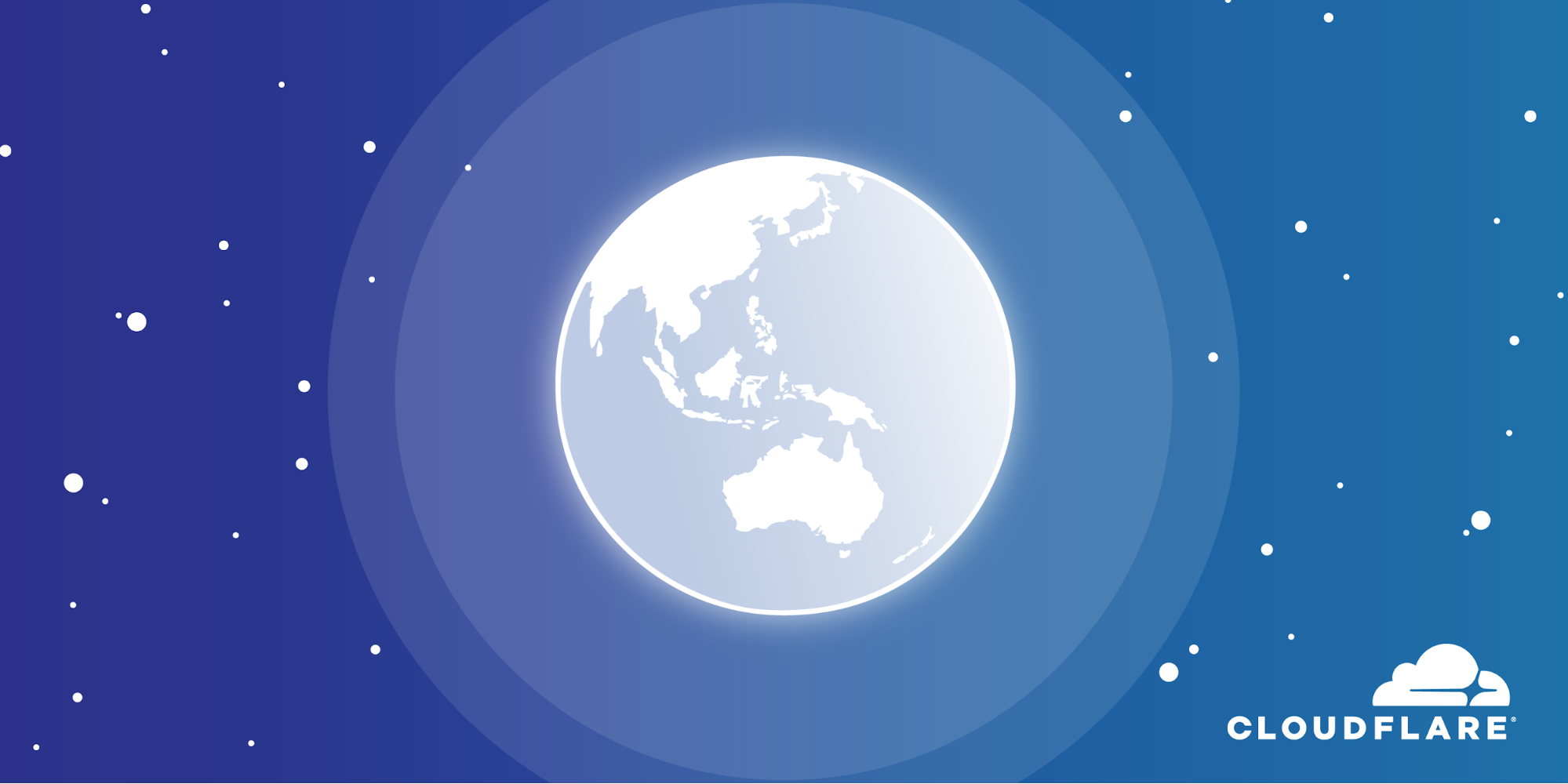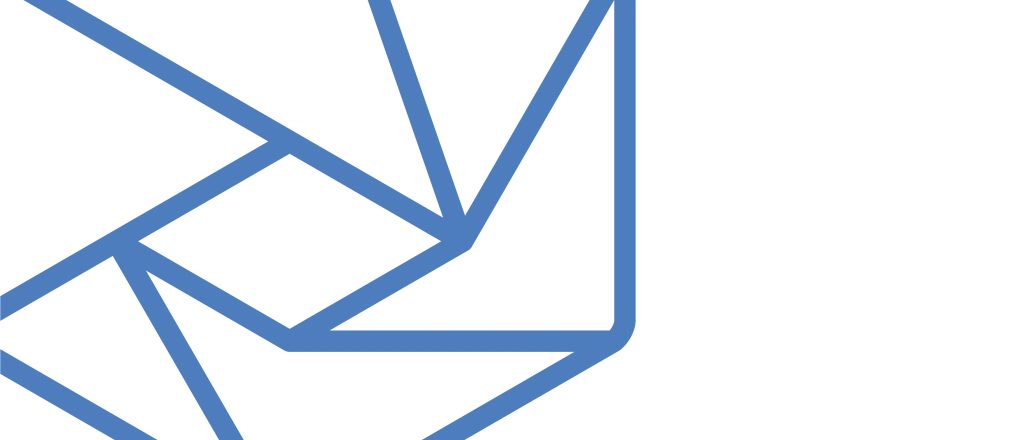Cloudflare Network expands to more than 100 Countries


2020 has been a historic year that will forever be associated with the COVID-19 pandemic. Over the past six months, we have seen societies, businesses, and entire industries unsettled. The situation at Cloudflare has been no different. And while this pandemic has affected each and every one of us, we here at Cloudflare have not forgotten what our mission is: to help build a better Internet.
We have expanded our global network to 206 cities across more than 100 countries. This is in addition to completing 40+ datacenter expansion projects and adding over 1Tbps in dedicated “backbone” (transport) capacity connecting our major data centers so far this year.
Pandemic times means new processes
There was zero chance that 2020 would mean business as usual within the Infrastructure department. We were thrown a curve-ball as the pandemic began affecting our supply chains and operations. By April, the vast majority of the world’s passenger flights were grounded. The majority of bulk air freight ships within the lower deck (“belly”) of these flights, which saw an imbalance between supply and demand with the sudden 74% decrease in passenger belly cargo capacity relative to the same period last year.
We were fortunate to have Continue reading




